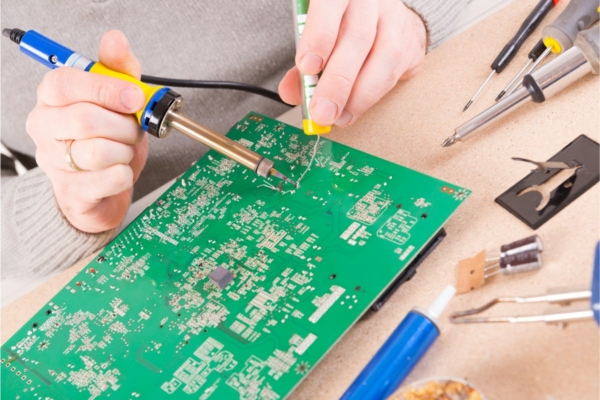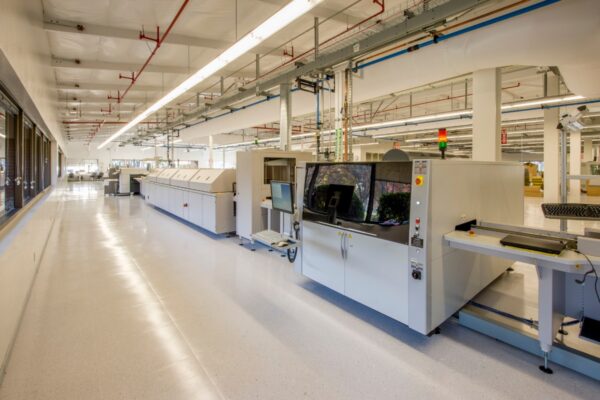What is Drag Soldering
Drag soldering is a soldering technique to efficiently solder an entire row of fine-pitch pins. It involves the use of a specialized soldering iron tip, such as a “gull-wing” tip, which has a concave surface or spoon shape that holds molten solder. The operator then drags this molten solder across the leads of the PCB, allowing the surface tension and natural wetting forces of the solder to deposit the correct amount on each lead.
To achieve optimal results, the operator needs to experiment with controlling the pressure and speed during the drag soldering process. It is recommended to glide across the leads with minimal pressure, adjusting the speed based on the thermal mass of the board. This technique takes advantage of the physics of surface tension to ensure consistent and uniform solder volume and appearance.
Drag soldering offers several advantages, including time efficiency and cost savings compared to traditional point-to-point soldering methods. It is particularly useful for soldering difficult fine-pitch surface mount devices (SMDs). It is essential to ensure clean joints, and the use of liquid solder flux is often recommended to facilitate good solder flow.





